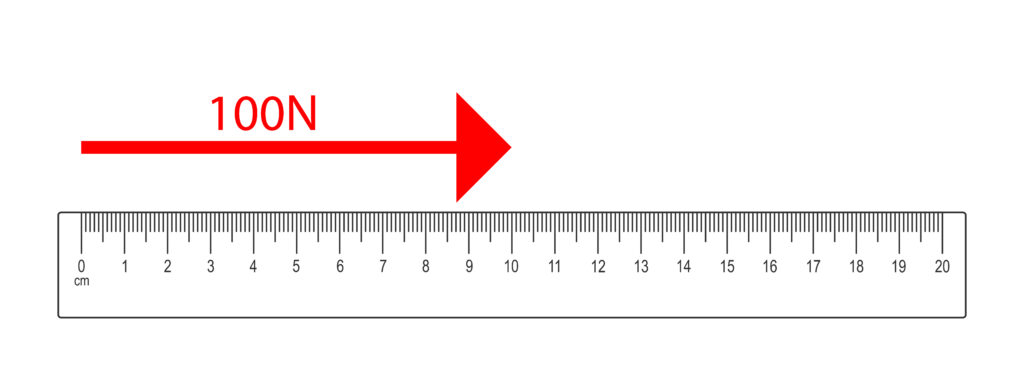Answers to AQA GCSE Describing interactions of forces and objects(physics)
Practice Questions
1. Draw a vector to show a force of 100N with a bearing of 090 degrees, using a scale of 1cm = 10N.
A 10cm arrow should be drawn that points to the right

2. A football player kicks a ball with a force of 150N. State the size of the reaction force that the ball exerts on the player’s foot.
150N, this is due to Newton’s 3rd law which states that every action, there is an equal and opposite reaction.
3. Explain how a rocket is able to take off in terms of action and reaction forces.
The action in this case is the hot exhaust gases which exert a downward force.
The reaction force in this case is the gases push back up on the rocket with an equal and opposite force
Absorption and Emission of EM Radiation
JJ Thomson and Plum pudding model
Ernest Rutherford and the Nuclear Model
Niels Bohr changing the Nuclear Model
Discovering the Proton and Neutron
Measuring radiation from radioactivity
Radiation types and properties
Random nature of radioactive decay
Radioactive contamination or irradiation
Hazards of contamination and irradiation
Studies on the effects of radiation on humans
Different half lives of radioactive isotopes
Nuclear Fission Chain Reaction
Writing nuclear fission equations
Drawing ray diagrams for a concave lens
Drawing Ray Diagram to produce a virtual image for a convex lens
Drawing ray diagram to produce a real image for a convex lens.
Specular and Diffuse Reflection
Seeing Coloured Objects Part 2
Viewing objects through coloured filters
Transparent, Translucent and Opaque
Accordion Content
Accordion Content